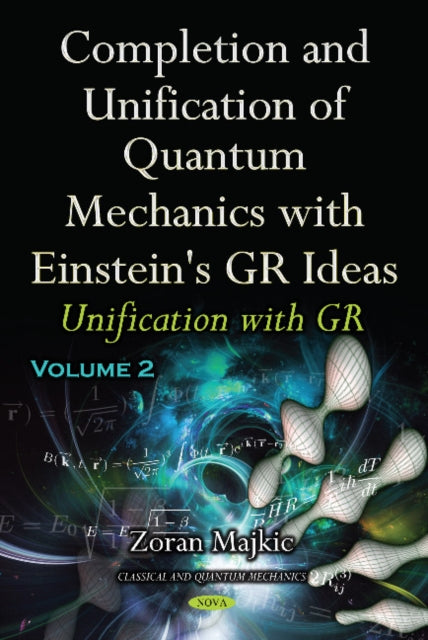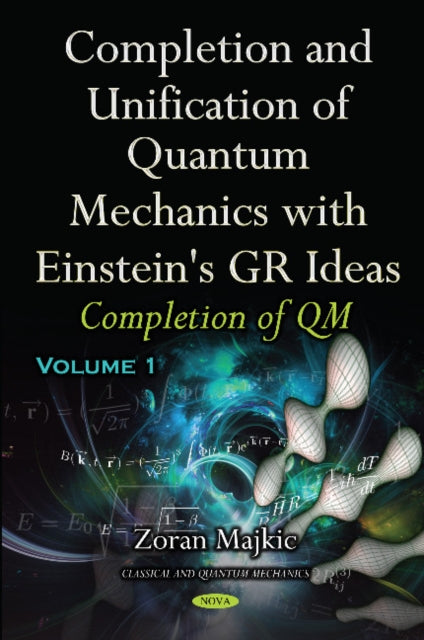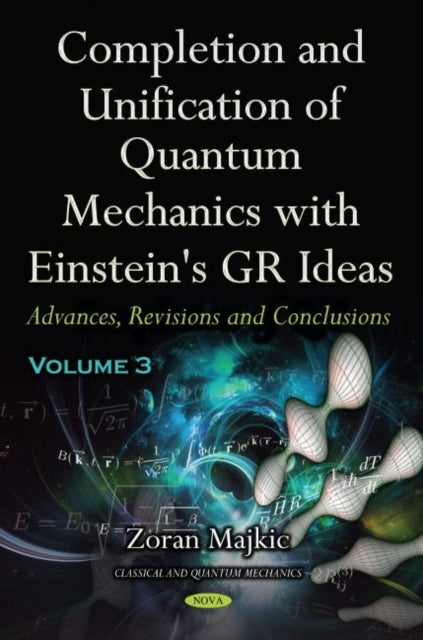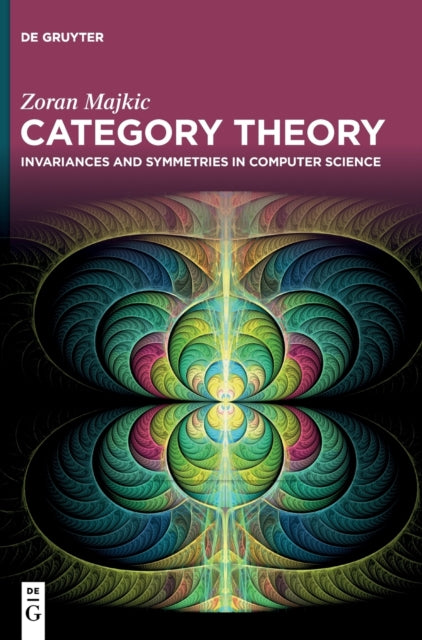Search results for ""Author Zoran Majkic""

Nova Science Publishers Inc Completion & Unification of Quantum Mechanics with Einstein's GR Ideas: Part II -- Unification with GR
£219.59

Nova Science Publishers Inc Completion & Unification of Quantum Mechanics with Einstein's GR Ideas: Part I -- Completion of QM
£219.59

Nova Science Publishers Inc Completion and Unification of Quantum Mechanics with Einstein's GR Ideas -- Volume 3: Advances, Revisions and Conclusions
Quantum mechanics, based on the Schrodinger equation (and its relativistic Dirac's extension) is a statistical theory, here denominated as Statistical Quantum Mechanics (SQM), to differentiate it from the new part of the quantum theory, provided in PART I and II, denominated Individual-particles Quantum Mechanics (IQM). Both of them are necessary components of the quantum theory, as are the Classical Mechanics for Individual objects (ICM), based on the Newton equations, Hamiltonian-Jacobi equations or the Euler-Lagrange equation of motion of individual objects, and the Statistical Classical Mechanics (SCM) based on the Liouville equations. The SQM tells us the various possible outcomes of experiments and the corresponding probabilities if we would do a large number of identical experiments on individual quantum systems. The SQM systems are not all identical but this is the same type of fluctuation that occurs in classical statistical descriptions in SCM. At first sight the situation may not appear very different therefore from the description provided by classical statistical mechanics. In that case however, we have an underlying description (ICM) that provides a complete (i.e. non-statistical) description of the world, which in general is far too complex, however, to be of use. The last PART III of this trilogy is dedicated to the completion of the whole theoretical mechanics, both classical and quantum inside a 9-D time-space manifold of the Universe. Only in this final third volume, this IQM theory, dedicated in the first two volumes only to the elementary particles, is extended also to the non-elementary particles (like hadrons, nucleus, atoms, molecules, and all every-day objects in our common life, up to the biggest non-elementary particles, like the planets, stars, etc.) in our unique Universe. So, each object in our Universe, from the smallest (elementary) to the biggest, can be mathematically expressed by the same mathematical 9-D complex field expression, in a unifying way at which the physical determinism holds for the individual objects at all micro-macro scales in our Universe.
£183.59

De Gruyter Category Theory: Invariances and Symmetries in Computer Science
This book analyzes the generation of the arrow-categories of a given category, which is a foundational and distinguishable Category Theory phenomena, in analogy to the foundational role of sets in the traditional set-based Mathematics, for defi nition of natural numbers as well. This inductive transformation of a category into the infinite hierarchy of the arrowcategories is extended to the functors and natural transformations. The author considers invariant categorial properties (the symmetries) under such inductive transformations. The book focuses in particular on Global symmetry (invariance of adjunctions) and Internal symmetries between arrows and objects in a category (in analogy to Field Theories like Quantum Mechanics and General Relativity). The second part of the book is dedicated to more advanced applications of Internal symmetry to Computer Science: for Intuitionistic Logic, Untyped Lambda Calculus with Fixpoint Operators, Labeled Transition Systems in Process Algebras and Modal logics as well as Data Integration Theory.
£122.85




